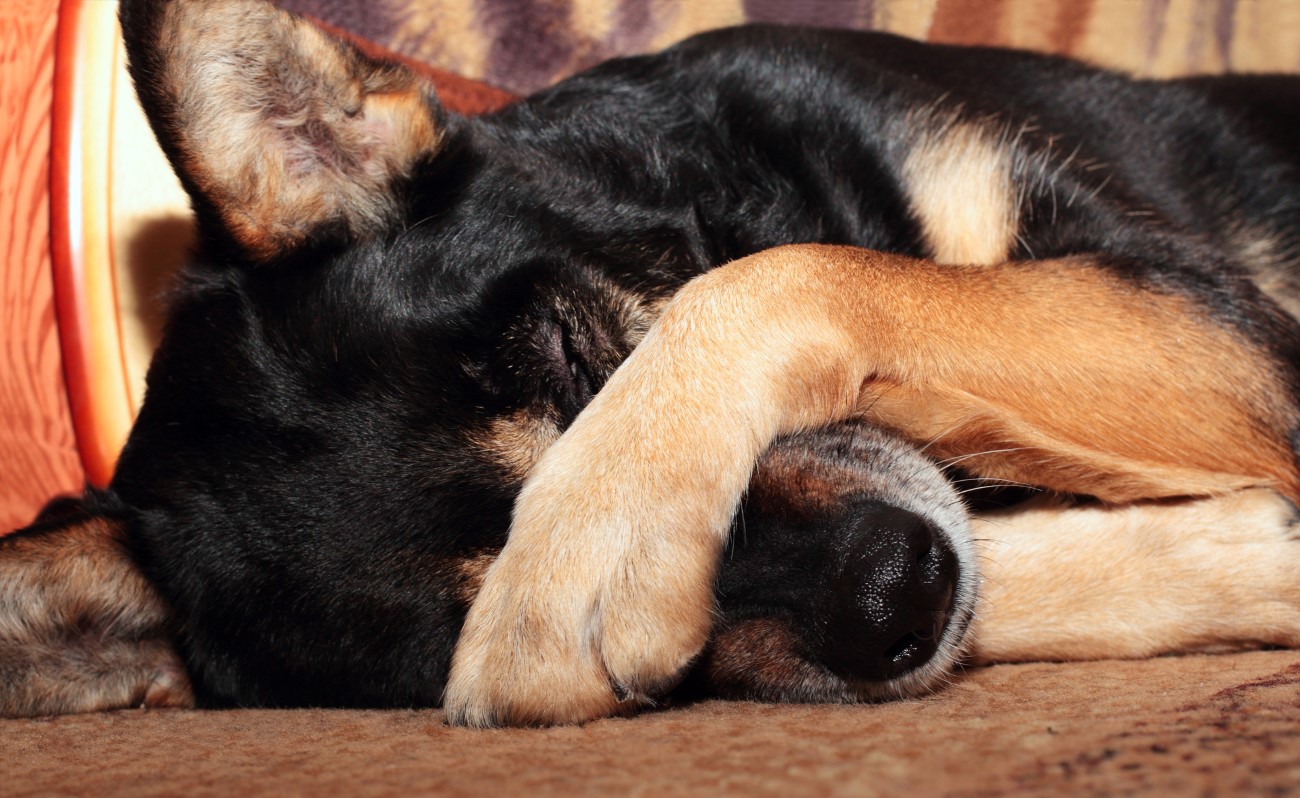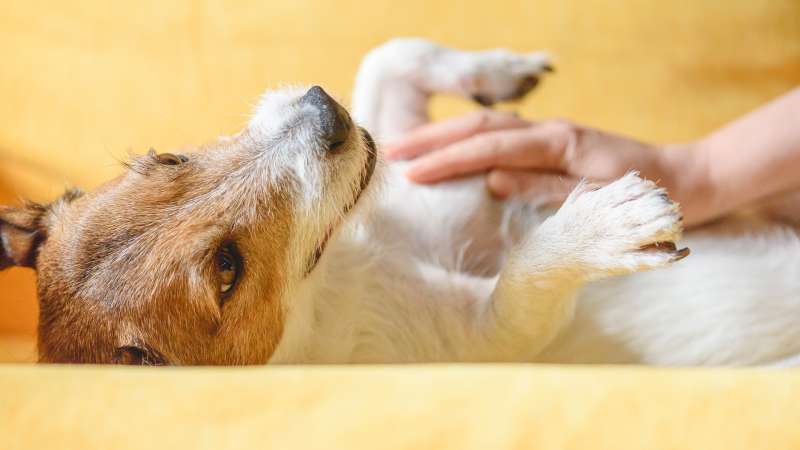
Last Updated on 2 years by Jenny Sovann
Want to know how to crate train a dog with separation anxiety? One of the greatest choices you can ever make is to get and care for a dog. They will engage you, making you get the necessary exercise you will need. Giving you unconditional love, you will never run out of emotional support. Your furry companion will always have a positive impact on your mental health. If you get a big boy, then you will always feel protected from the security that they give you. Furthermore, when you are lonely, your canine companion will always be there for you.
Despite this, you are all your furry companion has. Leaving your dog for seconds can have devastating tolls on its life. They can sometimes be very lonely which can be a very scary experience for them. You will want to leave your dog comfortably in a crate, but their separation anxiety will leave them devastated. It is nice that they care for us this much, but it is very unhealthy for their lifestyle. With that, let’s dive and see how you can make your furry companion feel comfortable in that crate you will get him.
Choosing The Right Crate
The first hurdle you will have to cross is getting the right crate. There are many crates out there, and not all of them are good for your dog. Similarly, your furry companion’s personality matters, this will decide whether he/she will take a liking to the crate or not. The crate has to be of the right size. Your dog should stand up comfortably within the crate. However, it shouldn’t be too big because a smaller space can also make your dog feel secure.
The crate of choice should be durable. Dogs with separation anxiety will try to escape, hence a crate falling apart won’t be a good choice. If the dog is prone to panic attacks, a crate with good visibility will help them feel at ease. The material should also be likable to your canine companion. Some dogs love metal, while others adore plastic, wood, and so on. Pick a material your dog seems to like. Importantly, the crate should be comfortable with a cozy pad or bed for your dog to relax in. If getting the right pick is a challenge, consulting with a veterinarian or professional dog trainer will help you get the right crate. This way, you can get something tailored for your dog’s specific needs and situation.
Creating A Positive Association
Great, you got something that would work for your dog. Now you can gradually start slowly introducing your canine companion to the crate. By placing it in an area where your dog likes spending time, they will inspect and sniff it until they accept it as part of the family. Make it inviting by placing treats around and inside the crate. The cozy pad or bed will be irresistible to your canine companion in no time.
Ensure your dog has plenty of exercise and mental stimulation before being crated. This way, the furry companion will likely feel more relaxed and comfortable. Using positive reinforcement by giving your canine companion treats, toys, or praise for being in the crate will make the experience enjoyable. To increase the chances of success, gradually increase the amount of time your dog gets to spend in the crate. Your dog suffers from separation anxiety, so the last thing you will want to do is use the crate as a form of punishment. Since your dog is so attached to you, consider leaving a piece of clothing with your scent. This way they will feel reassured you are coming back while you are away.

Addressing Your Dog’s Separation Anxiety
Crate training is one way to train your dog with separation anxiety to feel calmer and more comfortable. Despite this, you have to implement other methods to ensure your dog doesn’t feel lonely. One way is by ensuring they are exercised enough to help with reducing stress and anxiety. How about gradual separation? Well, you have introduced your dog to the concept of being alone. This way, you will be helping your furry companion adjust to being alone without making a fuss. Crate training an older dog with separation anxiety can also be smooth using these tacts.
There are other methods you could also try. A bit of positive reinforcement when you leave and come back will comically probably make you want to leave more often. You can also distract your dog with toys and activities while you are away. This way, they will probably not even notice you were gone. Calming supplements are also available, this can help reduce your dog’s anxiety. It is important to consult a professional who can recommend the right supplements, or training tailored to your dog’s specific needs.
Consistency
Dogs thrive on a routine. Consistency will help with establishing a routine. When you are consistent, this also builds trust between you and your furry companion. Your dog will know what to expect and when. This way, your canine companion will effectively learn to remember and to understand what is happening. Ultimately, this will also reduce stress, and anxiety and promote a sense of security.
The great thing about being consistent in your crate training is that it promotes habits. This way negative habits can be eliminated. It will improve your relationship with your canine companion, hence providing stability. By creating positive associations routinely, you will also reduce the confusion your furry companion faces. This will in turn increase the effectiveness of the crate training you use.
Alternatives
It is important that your separation anxiety-filled dog is always comfortable. Sometimes, crates are not the only way to go about this. There are other ways to make your furry companion feel relaxed like using baby gates. By blocking areas you don’t want your dog to get to, your dog will still be able to comfortably move around. A playpen also provides a large enough space for your canine companion to move around while still being contained.
There are also other options you can choose from, like enrolling your dog in daycare. This way your dog will get to socialize with other dogs and not get bored. You can hire a pet sitter, this way your dog can get exercise and also get attention while you are away. Getting your dog professional training will make them more well-behaved than we would have. Overall, whatever you pick should be enjoyable to your dog, making them feel more comfortable, safe, and less anxious when you leave.

Frequently Asked Questions
Is crate training dogs with separation anxiety good?
Yes, there are a lot of benefits when you crate train a dog with separation anxiety. It will provide them with a safe and secure spot to retreat to. This way, they can reduce the sense of feeling anxious or stressed.
How do I crate train a dog with separation anxiety?
It is important that you introduce the crate gradually, allowing for your dog to get used to it. Using positive reinforcement will make the dog associate being in the crate with positive feelings. Eventually, your dog will take a liking to the crate.
Should I ignore my dog crying during crate training?
It is important that you do not give your dog attention or let them out when they cry. However, if they are experiencing distress or discomfort, it is important to let them go. Monitor training sessions to ensure they are comfortable.
How late is too late to crate train a dog?
It is never too late to train a dog. However, it may take a longer period of time to train older dogs to become comfortable with crates. With a little patience, you can achieve this. Overall, it is easier to train younger dogs.
At what age do dogs stop crying in crates?
Crying in a crate can be caused by a number of factors. They can range from breed and temperament to past experience. Productive crate training will ensure they stop crying after a few days, while others may take some time.
How long do dogs cry when crate training?
Some dogs may stop crying in a few minutes or hours, while others may take several days, weeks or even months. It is important to understand the dog’s cause of anxiety in order to create a productive training session.
Conclusion
When a dog is faced with separation anxiety, we are also faced with extreme challenges. Our furry companions may show destructive behavior, which may cost us. Annoyingly, they may bark excessively, and we may end up being resented by our neighbors. They may also sadly howl and whine hoping for you to come back. Some restlessness and pacing, some panting and drooling, and the occasional attempted escape.
Any dog owner would be frustrated experiencing this. If you want your dog to comfortably feel safe and secure in a crate while you are gone, then following the guide above will help you. A little positive reinforcement will help you make your good boy adjust in no time. Ensure that your furry companion is comfortable and enjoying the whole process. Otherwise, consulting professionals will help you create a well-adjusted plan for your canine companion.



